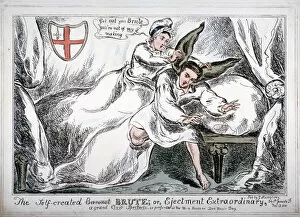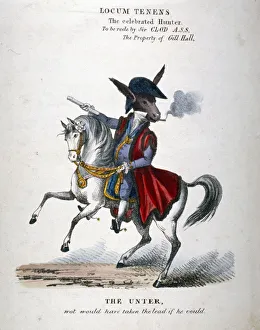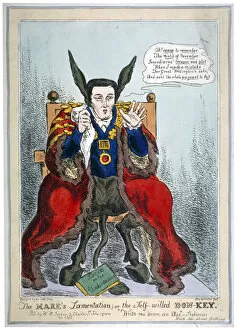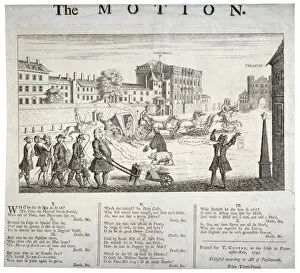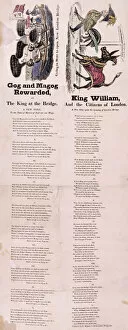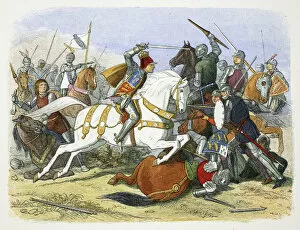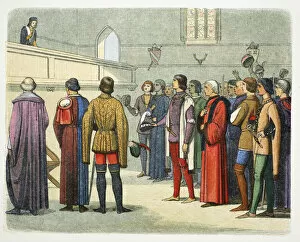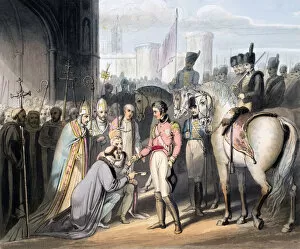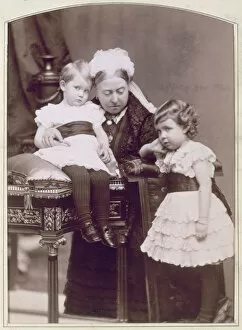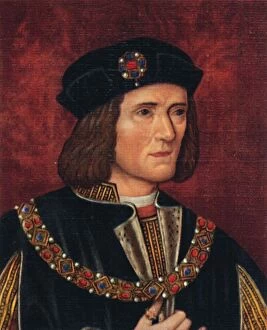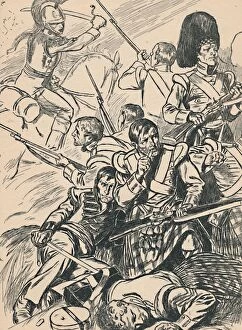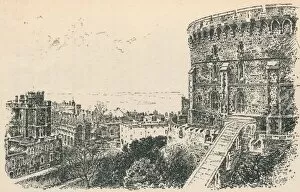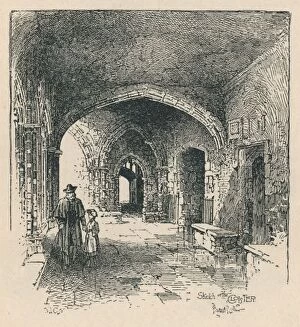Duke Of Collection (page 8)
"The Duke of Wellington: A Legacy Carved in History" Step into the world of the illustrious Duke of Wellington, Arthur Wellesley
All Professionally Made to Order for Quick Shipping
"The Duke of Wellington: A Legacy Carved in History" Step into the world of the illustrious Duke of Wellington, Arthur Wellesley, whose name is forever intertwined with tales of valor and triumph. As we explore a collection of captivating artworks and historical artifacts, we are transported to pivotal moments that shaped his remarkable life. Gazing at the intricately detailed Map of the Battle of Waterloo, our minds wander back to that fateful day on June 18th, 1815. The resolute leadership displayed by this military genius secured an enduring victory against Napoleon Bonaparte's forces. Thomas Lawrence's portrait captures the essence of a man who became known as one of Britain's greatest heroes. In Wilton Mews stands The Grenadier, a testament to camaraderie cherished by soldiers who once sought solace within its walls. Here, coachmen would gather for spirited conversations while raising their glasses high in honor of their revered commander. Vereker Monteith Hamilton's masterpiece transports us to another battlefield - The Forlorn Hope At Badajos. Amidst chaos and danger, Wellington's unwavering determination inspired his troops to press forward even when hope seemed lost. The grandeur surrounding King George V's Silver Jubilee reminds us that even monarchs recognized Wellington's indomitable spirit and invaluable contributions to his nation. Unknown artists captured this historic moment for posterity. Newton & Co. 's depiction portrays two legendary figures side by side - Wellington and Nelson - symbols of British naval supremacy during tumultuous times in history. Their strategic brilliance ensured victories that reverberated across oceans. Paul de la Roche invites us into an enigmatic scene depicting The Young Princes in the Tower; here lies evidence not only of artistic prowess but also hints at political intrigue surrounding royal lineage – a topic close to Wellington’s heart as he served as Prime Minister later in life. John Atkinson II masterfully illustrates the Battle of Waterloo, immortalizing the bravery and sacrifice that defined Wellington's career.



